How to See Incognito History on PC and Mobile Device
Some users do not like to keep a long list of recently searched words, phrases, or sentences. Also, if users want to avoid prying eyes or local search results, they switch to incognito mode. There is more to these browsing app features than their sleek black themes.
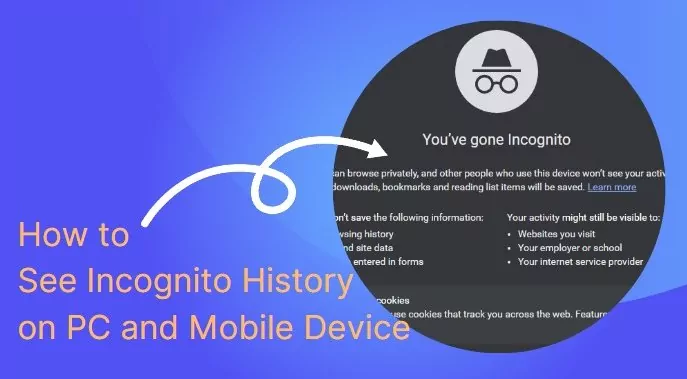
The main benefit is that it provides users with more privacy. One can liken its improved privacy to an extra layer of secrecy that requires more prying to uncover. Therefore, this article will show you where to find and how to look at incognito history on your PC and mobile devices. Alongside how to see incognito history, we will reveal how the feature works.
- Part 1: How to See Incognito History on Computers
- Part 2: Can I View My Incognito History on an Android Phone or iPhone?
- Part 3: How to Tell If Someone Is Using Incognito Mode?
- Part 4: How Does Incognito Mode Work?
- Part 5: How to Delete Incognito History
Part 6: Common Misunderstandings about Incognito Mode
Part 7: How to Browse the Web Safely without Exposing Your Privacy
Part 8: FAQs about Seeing Incognito History
Part 1. How to See Incognito History on Computers
Incognito modes are not as sophisticated as most users think. Users rely on it to automatically remove their internet surfing history. However, this article section will show you how to see incognito history on your computer.
1Via DNS
DNS stands for Domain Name System. It is responsible for mapping and translating readable domain names in browsers to an actual IP address (Internet Protocol like 45.48.241.198). Hence, it is often called the phonebook of the internet. To view incognito history on a computer, you only need to open the DNS cache stored on your PC. Here is how to access DNS using a Windows 10 computer and Mac.
How to See Incognito History on Windows 10/11
- Open the Windows menu by clicking the Windows key.
- Search for Command Prompt.
- Right-click on the first Command Prompt option and select Run as administrator.
- Type ipconfig/displaydns in the CMD window and press the Enter key.
- You will immediately see the list of domains visited on all your browsers, including ones on incognito mode.

How to See Incognito History on Mac
- Open Applications on your computer.
- Click on the Utilities option.
- Double-click on Console.
Select the device and type any:mdnsresponder in the window's search bar, then click Start.

- Navigate to Utilities again and click on Terminal.
- Type sudo killall -INFO mDNSResponder in the Terminal and press the Enter key.
- Input your password once requested.
- Open the Console windows again to see the incognito mode history.
2With Chrome Extensions
Another method about how to see incognito history on the computer is using an extension. Several extensions can start documenting your browser history once it has been installed. Also, you have to grant the extension permission to read your incognito activities, like browsing history.
An example is an extension called Off The Record History. It can maintain the personal history for up to 7 days. However, it won't record a website if the page is not fully loaded before closing the tab.
How to See Incognito History on the Chrome Extension
- Open Chrome Web Store and search for Off The Record History, then tap Add to Chrome.
- After that, click Extensions > Off the Record History, tap the three-dots button and choose Manage extension.
- On this page, scroll down to "Allow in Incognito" and enable it.
Select the device and type any:mdnsresponder in the window's search bar, then click Start.

Part 2. Can I View My Incognito History on an Android Phone or iPhone?
Yes, you can view your incognito history on Android phones and iPhones. However, seeing incognito history on a mobile device requires third-party apps. These apps are used to monitor browsing activities in real time. For example, you can use Kidslox.
It is a parental control app that helps a parent to know what apps and web pages their kids are surfing on the internet. Therefore, real-time usage of every app on the device is documented, including your incognito mode. However, you cannot review incognito browsing history before the third-party app is installed.
AirDroid Parental Control is also helpful. This parental control software can help parents remotely view their children's real-time screen at any time, and understand what their children are browsing. Additionally, parents can set limits or block specific apps to reduce the amount of time their children spend on their phones.

You can also:
- Locate your child's current location at any time.
- Monitor your child's online activity Remotely.
- Sync notifications from your child's phone to your device.
- View or listen to your child's phone's surroundings remotely.
Part 3. How to Tell If Someone Is Using Incognito Mode?
If you want to know if someone is using incognito mode without using the methods above to check the history, then follow this step.
Step 1. Begin by clearing the current history of the person's browser.
Step 2. Watch if they surf the internet.
Step 3. After that, check if their browsing history reflects. If not, they must have used the incognito mode. However, you must also consider that they may have wiped their browsing history.
Part 4. How Does Incognito Mode Work?
As earlier emphasized in this article, incognito mode is less sophisticated than we have been made to believe. Therefore, it is incorrect to believe that it does not leave a trace online of your activities. It does not guarantee private browsing or being tracked. It probably has another name if you cannot find incognito mode on your web browser. Other examples are InPrivate Mode on Microsoft Edge, Private Browsing on Safari, and Private Mode on Firefox and Opera, among others.
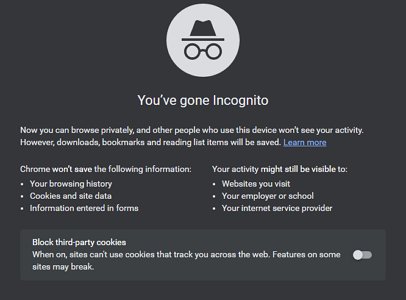
The controversial fact about how the incognito mode works is that your IP address is not hidden. Your traffic or data is not encrypted. Therefore, interested ISPs (Internet Service Providers) or third parties can still see those data. Furthermore, the incognito mode does not hide your location because your GPS and IP address can still give away your location. Do not feel terrible that all these features are inaccessible on incognito modes. If you check the terms of service, your web browser would have included these details there.
Also, your web browser would have included the services provided during this mode. The first is that all records of your browsing history, auto-save, cookies, and extensions will be paused. Hence, the incognito mode does not save your history. Likewise, even when you already have an account logged in, you must input your details again in incognito mode. It logs you out of all accounts while in the mode and deletes your cookies.
Bonus Tip: How to Delete Incognito History
Since you know that your incognito history is saved using your DNS cache, this section will show you how to get rid of it.
Windows
- Open the Windows menu by clicking the Windows key.
- Search for Command Prompt.
- Right-click on the first Command Prompt option and select Run as administrator.
- Type ipconfig/flushdns in the CMD window and press the Enter key.

Mac
- Open Applications on your computer.
- Click on the Utilities option.
- Double-click on Console.
- Type sudo killall -HUP mDNSResponder in the Terminal and press the Enter key.
- Input your password once requested.
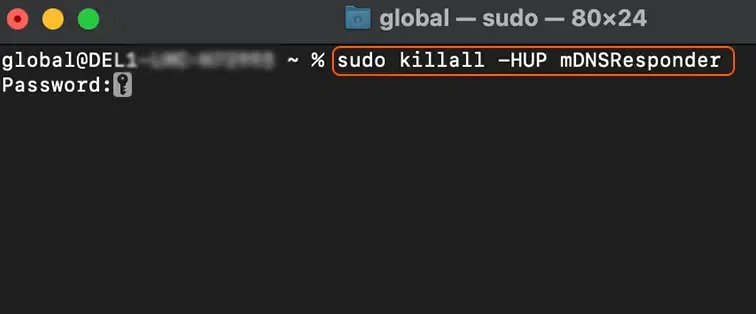
Android
- Open your Google Chrome app.
- Type chrome://net-internals/#dns in the website search bar.
- Click on Clear host cache to delete DNS cache files and queries.
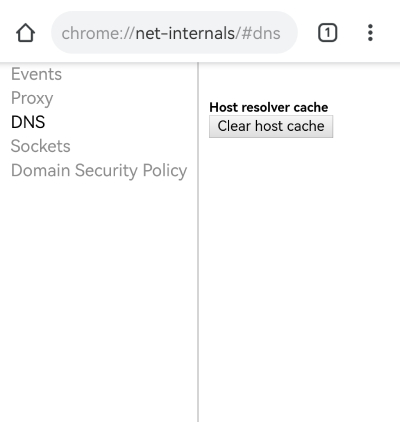
iPhone
Option 1: Use the same step for Android phones above to delete Chrome incognito history.
Option 2: Restart your device.
Option 3: Enable Airplane mode for a second.
VPN
If you truly want to mask your online activity, you should install a trusted VPN. After use, there will be no record of your DNS cache.
Common Misunderstandings about Incognito Mode
Several misconceptions about incognito mode often lead users to believe they're entirely invisible online. Here, we clarify some of these misconceptions.
Incognito Provides Complete Privacy
Incognito mode only prevents your browser from storing your search history, cookies, and form data. Websites you visit, your internet service provider, and your network administrator may still track your online activities.
Incognito Mode Hides My Location
While in incognito mode, your general location is still visible to the websites you visit. It does not hide your IP address.
Using Incognito Mode, I Can't Be Tracked
Cookies created during an incognito session are deleted after you close it. However, if a website uses fingerprinting methods, your online activities in incognito mode could still be linked to you.
How to Browse the Web Safely without Exposing Your Privacy
As online privacy becomes increasingly important, we have some tips for protecting your privacy while browsing the web.
Use Privacy Browsers
You might consider using a privacy-focused browser that specifically protects your data and prevents location sharing.
Use VPNs
A VPN can help you surf the web privately. It does this by encrypting your internet connection so that it appears like a private network.
Disable Location Tracking
Common browsers like Chrome or Firefox can use your IP address to send location data to the websites you visit. You can disable location services in your browser settings to enhance your privacy.
Control Social Media Ad Settings
Personalized ads on social media can track your browsing history. You can adjust your ad settings on various social media platforms to limit the personal information they can collect and use.
In Conclusion
Now you know how to see incognito history on different devices. Many users must be aware of using the incognito mode on their apps, websites, and web browsers. A good insight into its use is that once enabled, your web browser, website, or other apps stop keeping any local record. Hence, no one can pinpoint if you had used it when you did. However, all your activities on the internet are still accessible to your network administrators or ISPs. Likewise, you can see incognito history on your device.
Hottest Question Related to See Incognito History
Here are some of the thrilling questions being asked about how to see incognito history.
FAQs about Seeing Incognito History



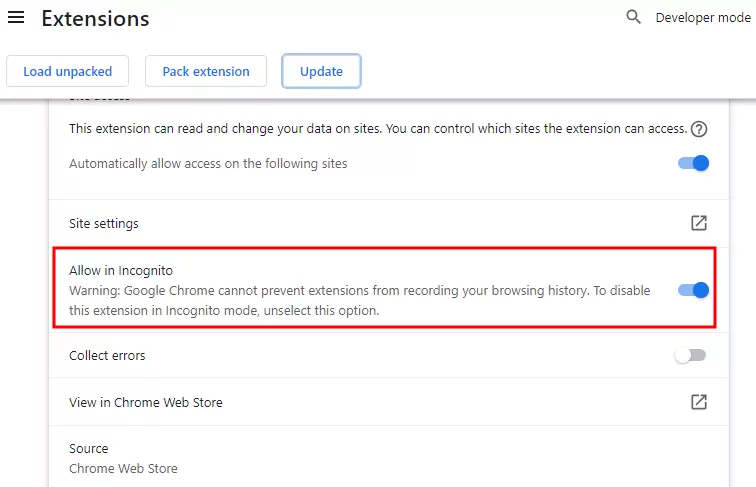




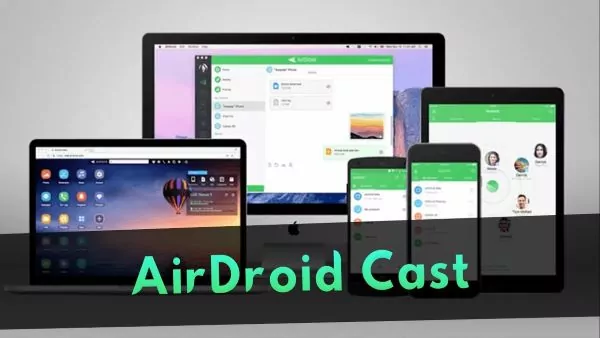
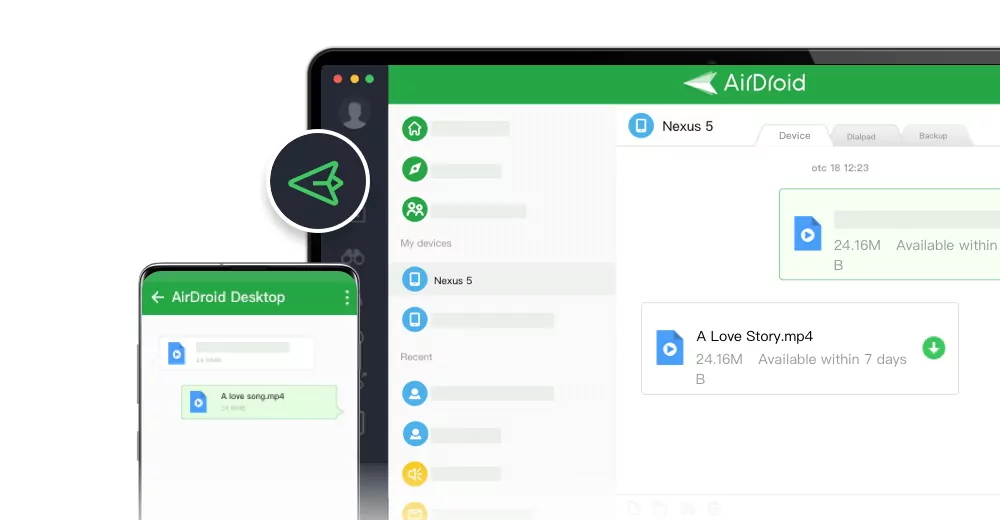


Leave a Reply.